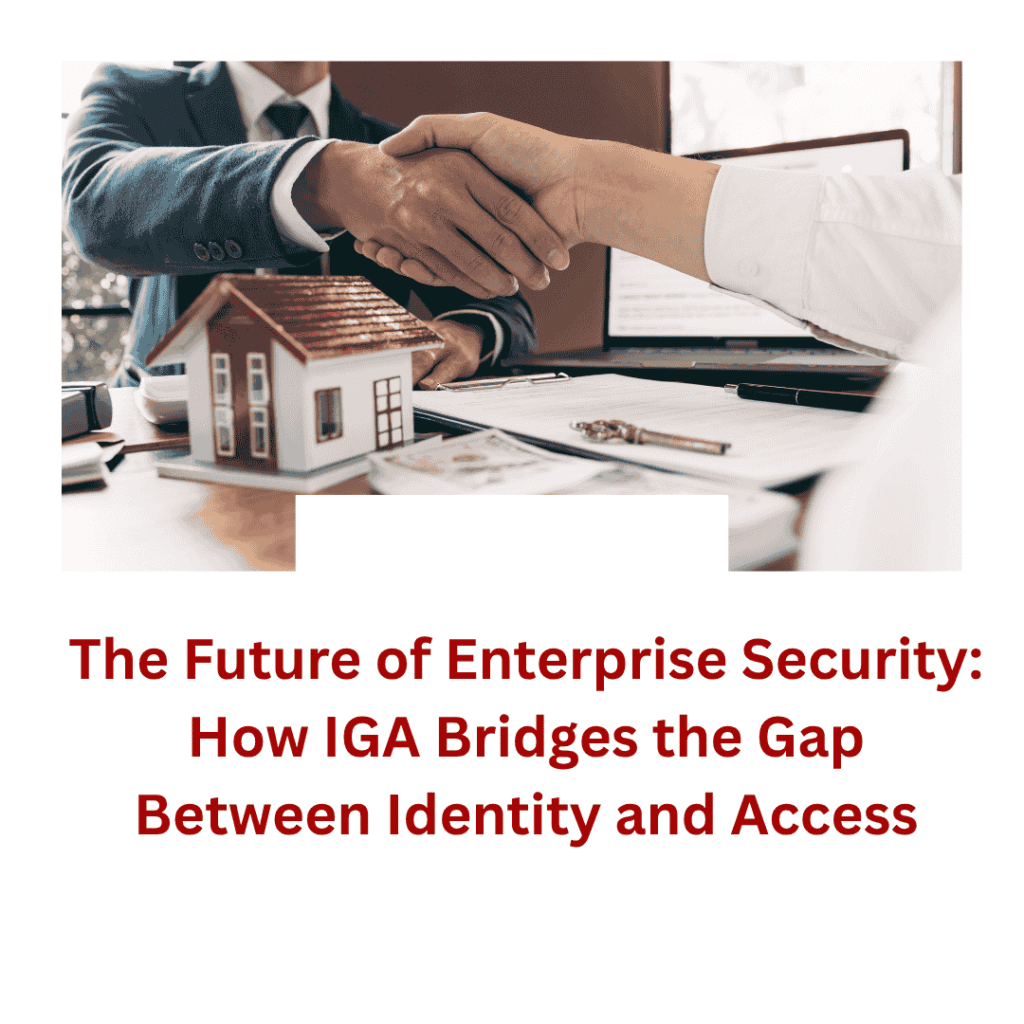In today’s rapidly evolving digital environment, securing enterprise data isn’t just about firewalls and antivirus software anymore—it’s about managing who has access to what and why. As organizations expand their digital footprints across cloud platforms, SaaS tools, and remote environments, the question of identity becomes central to enterprise security. That’s where Identity and Governance Administration (IGA) steps in—offering a comprehensive approach to managing digital identities and enforcing access governance policies.
What is Identity and Governance Administration (IGA)?
Identity and Governance Administration refers to the set of processes and tools organizations use to manage identities and control access to critical systems and data. Unlike basic identity management solutions that only handle authentication, IGA goes further. It ensures that the right individuals have the right access to the right resources at the right time—and, just as importantly, that unauthorized or outdated access is promptly revoked.
By combining identity lifecycle management, policy enforcement, and access review mechanisms, IGA provides enterprises with visibility, control, and accountability over digital identities and entitlements.
Why Traditional Security Models Are No Longer Enough
In the past, enterprises used perimeter-based security models, where anyone inside the corporate network was assumed to be trustworthy. But in the era of cloud computing, hybrid workforces, and third-party integrations, that model has become obsolete.
Modern enterprises require identity-centric security—a model where identity becomes the new perimeter. However, managing identities without a robust governance layer leads to risk. Employees change roles, departments, and projects frequently. Without a proper system in place, access rights often accumulate over time, creating hidden vulnerabilities and compliance gaps.
That’s where IGA bridges the gap between identity and access, offering a governance-first framework that balances convenience with control.
Key Capabilities of IGA in Enterprise Security
1. Centralized Identity Lifecycle Management
IGA platforms provide a centralized way to onboard, modify, and offboard user identities across multiple systems. From HR-driven provisioning to automated de-provisioning upon exit, IGA reduces manual errors and ensures that access rights align with current job functions.
2. Role-Based and Policy-Based Access Controls
Rather than managing access on an individual basis, IGA enables the use of roles and policies to streamline access requests and approvals. Employees are granted access based on job roles, departments, or project needs—helping standardize permissions and eliminate excessive privileges.
3. User Access Reviews: A Governance Essential
One of the cornerstones of IGA is the ability to conduct regular user access reviews. These reviews allow managers and system owners to validate whether users still need the access they’ve been granted. It ensures compliance with internal policies and external regulations like SOX, HIPAA, or GDPR.
Frequent user access reviews also reduce the risk of privilege creep—when users accumulate unnecessary access rights over time—helping close critical security gaps before they can be exploited.
4. Audit Trails and Compliance Reporting
IGA solutions come equipped with detailed logging and reporting capabilities, allowing organizations to track who accessed what, when, and how. This level of transparency not only helps in detecting suspicious behavior but also simplifies compliance audits.
IGA in the Context of Zero Trust Security
The shift toward Zero Trust architecture—a model that assumes no user or device is inherently trustworthy—makes IGA even more vital. In a Zero Trust framework, continuous verification and strict access controls are key. IGA provides the governance mechanisms needed to enforce least privilege access and dynamically adjust permissions based on context and risk.
When integrated with tools like identity providers (IdPs), privileged access management (PAM), and security information and event management (SIEM) systems, IGA forms the backbone of an intelligent, risk-aware access strategy.
Real-World Benefits of IGA
Organizations that invest in Identity and Governance Administration see a wide range of benefits:
-
Enhanced Security Posture: Reduced attack surface by eliminating unnecessary access.
-
Operational Efficiency: Fewer manual processes and faster onboarding/offboarding.
-
Regulatory Compliance: Simplified access reviews and audit readiness.
-
Improved User Experience: Self-service access requests with automated approvals.
Preparing for the Future: IGA and AI
The future of enterprise security lies in intelligent governance. With AI and machine learning becoming part of IGA platforms, organizations can detect anomalies, flag risky access patterns, and even recommend access changes based on usage behavior.
For instance, if a user hasn’t accessed a specific application in 90 days, the system can suggest revoking that access. Or if someone suddenly requests access to a sensitive financial system without precedent, an alert can be triggered for manual review.
These AI-driven insights make user access reviews more meaningful and help security teams prioritize risks more effectively.
Final Thoughts
As digital transformation accelerates and cyber threats grow more sophisticated, traditional identity management is no longer sufficient. Enterprises need a solution that not only manages identities but also governs access with precision and accountability.
Identity and Governance Administration (IGA) is that solution. By enabling continuous user access reviews, enforcing least privilege, and integrating with broader security ecosystems, IGA plays a pivotal role in shaping the future of enterprise security.
The organizations that recognize and act on this now will be far better equipped to secure their digital assets, maintain compliance, and build a resilient, trust-driven business environment for years to come.












































